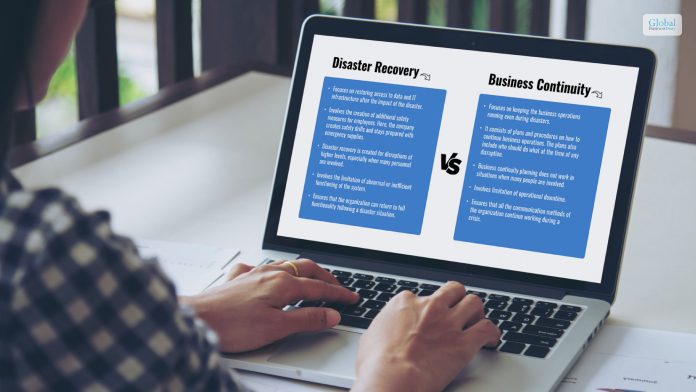The Rising Importance Of Vape Detectors In Business Environments

As the trend of vaping continues to grow, businesses are increasingly concerned about its impact on their premises. Vaping, while often perceived as a less harmful alternative to smoking, still presents various challenges in public and private settings.
This concern has led to the rising importance of vape detectors in businesses, a technology that’s becoming crucial in maintaining health standards, adhering to regulations, and ensuring a comfortable environment for all patrons and employees.
Addressing Health and Safety Concerns
The primary reason businesses are turning to vape detectors is to address health and safety concerns. Vaping can release aerosols and chemicals that may affect indoor air quality and potentially harm non-vaping individuals, particularly in enclosed spaces.
This is especially concerning in environments like restaurants, offices, or stores, where maintaining a clean and safe atmosphere is crucial for both employees and customers. By installing vape detectors, businesses can quickly identify and address vaping incidents, thereby ensuring a healthier environment.
Complying with Regulations and Company Policies
Another significant factor is compliance with regulations and company policies. Many places have strict no-smoking policies that include vaping, but enforcing these rules can be challenging without the right tools. Vape detectors help businesses ensure that these policies are adhered to effectively. They serve as a deterrent against policy violations and provide a means to enforce rules consistently.
Benefits of Implementing Vape Detectors in Businesses
| Benefit | Description | Impact on Business |
| Improved Air Quality | Reduces aerosols and chemicals from vaping | Creates a healthier environment |
| Policy Enforcement | Aids in upholding no-smoking/vaping policies | Ensures compliance and reduces liability |
| Enhanced Customer Experience | Maintains a comfortable environment for all | Increases customer satisfaction |
| Employee Well-being | Protects employees from second-hand vaping effects | Boosts morale and productivity |
| Technological Deterrent | Serves as a deterrent against vaping | Reduces frequency of vaping incidents |
This table illustrates the benefits of implementing vape detectors in business environments, highlighting how they contribute to overall health, policy compliance, customer satisfaction, and employee well-being, and act as a technological deterrent.

The Role of Vape Detectors in Customer and Employee Satisfaction
Customer and employee satisfaction are paramount for any business. Vape detectors play a crucial role in ensuring that both these groups enjoy a comfortable, vape-free environment. For customers, especially those who are health-conscious or sensitive to aerosols, a vape-free environment can significantly enhance their experience. For employees, working in a vape-free environment means a cleaner, safer workplace, which can lead to increased job satisfaction and productivity.
Related: Enhancing Employee Retention And Engagement With An Effective Appreciation Program
Navigating the Challenges of Vaping in Shared Spaces
In addition to the direct benefits of installing vape detectors, businesses must also navigate the broader challenges of vaping in shared spaces. Vaping, often less detectable than traditional smoking, can be a discreet activity, making it difficult to monitor and control in public areas.
This presents a unique challenge for businesses that strive to maintain a certain standard and atmosphere in their premises. Vape detectors provide a solution to this challenge by discreetly monitoring the environment and alerting management to any vaping activity.
This technology allows businesses to proactively manage their space without constant physical oversight, ensuring that all patrons and employees can enjoy a comfortable and respectful environment. It represents a balance between respecting individual choices and upholding the collective well-being of all those within a shared space.
Conclusion
The integration of vape detectors in businesses is a response to the evolving landscape of public health and safety concerns associated with vaping. By ensuring cleaner air quality, adhering to health regulations, enhancing customer and employee satisfaction, and effectively enforcing no-vaping policies, vape detectors are becoming an essential component of modern business operations.
As vaping continues to be a prevalent habit, the use of such technology will likely become more widespread, underscoring businesses’ commitment to creating safe and comfortable environments for everyone.
Read Also:













